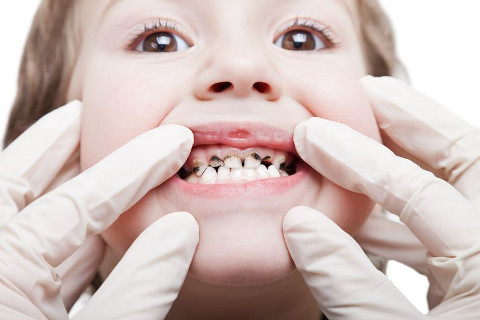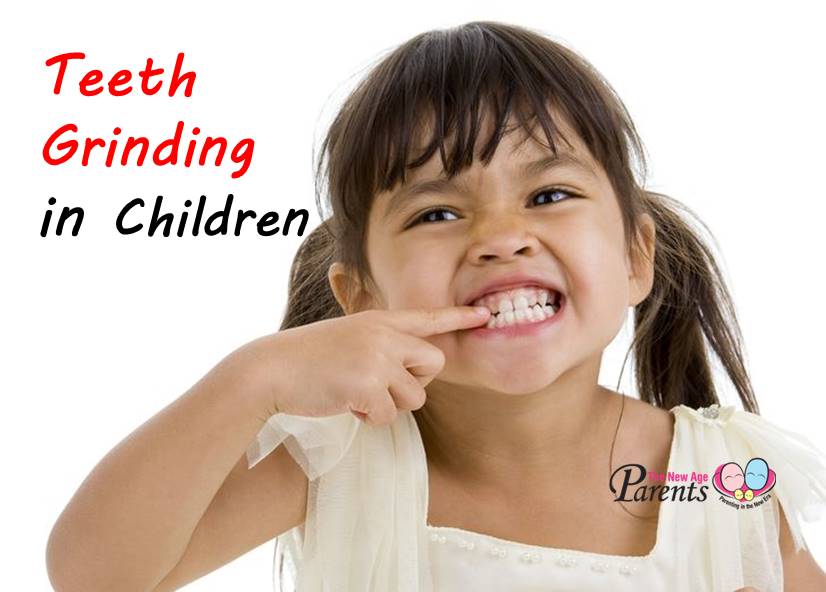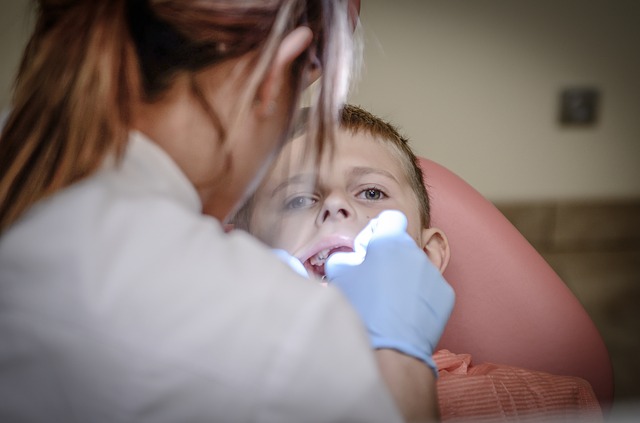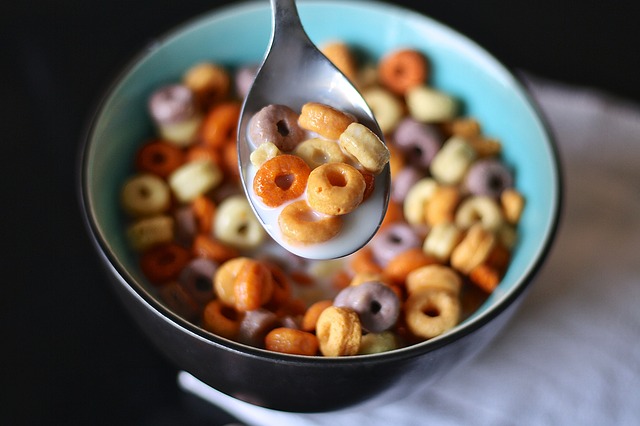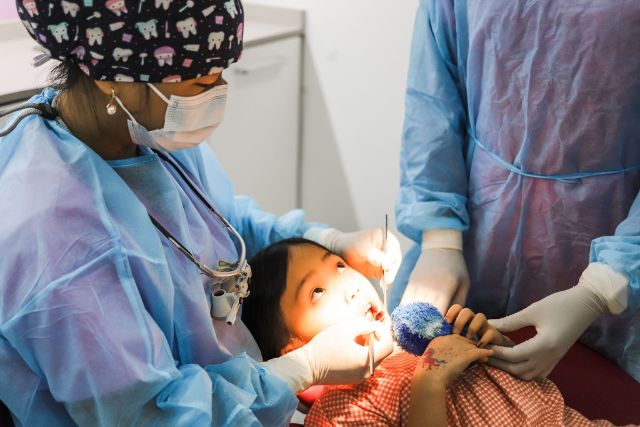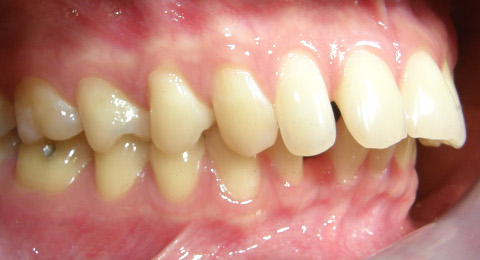What types of candy and drinks are the worst for your teeth? Here are 4 types to refrain your child from eating excessively.
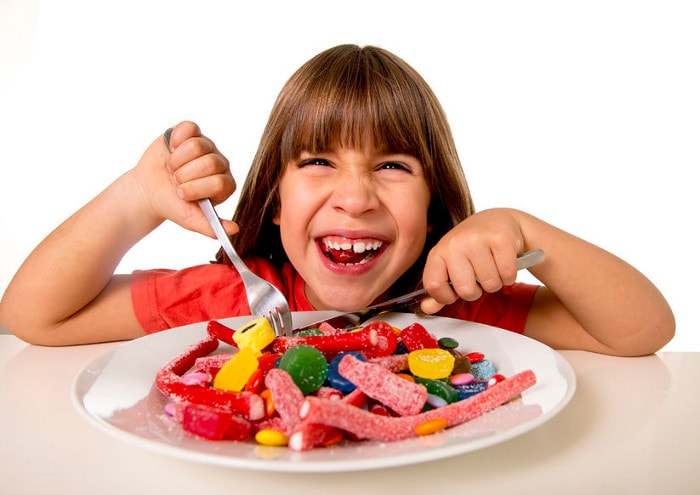
Worst Types Of Candy
1. Candies that are sticky and chewy in nature
Taffy, toffee, honey, molasses, caramel, jelly beans
The sticky, chewy goodness that comes in the form of taffy or a gummy bear may be your child’s favourite sweet treat, but the sticky nature of the sweet treat makes it more difficult for saliva to wash the sugar away.
What next? If your child does not practice good oral hygiene habits, frequent consumption of sticky sweets could cause dental decay very quickly.
2. Sour candy
Warheads and sour skittles
Sour candies are popular treats among young people. They are colourful, fun and are flavourful. However, sour candies like warheads contain high levels of citric and ascorbic acid, with a pH acidity level ranging from 1.6-2.4. The acid within the candy demineralises the hard outermost tooth surface called the enamel.
If the acid exposure to the tooth is short, the saliva can help to replenish the lost minerals in the enamel and the tooth can regain its hardness. However, if your child is sucking on sour candy for a prolonged period of time, the saliva is unable to work against the acid attack, and the enamel gets eroded away.
➡️ Related Read: What is the most common childhood disease?
What next? Teeth without enamel are prone to decay, tooth sensitivity, and erosion cavities.
3. Sodas
Coke, Sprite, Sports drinks such as 100 plus and Gatorade
Sodas, like regular coke or sprite, contain high amounts of simple sugars. If your child drinks soft drinks frequently, the sugar constantly bathes the tooth surfaces without allowing time for saliva to contact the teeth for repair.
What next? Dental decay can occur quickly. In addition, sodas, like sour candies are acidic in nature, and prolonged exposure of teeth enamel to soft drinks can lead to dental erosion or cavities.
4. Dried fruit
Many parents may think that dried fruit is a good substitute for sweet treats because they are packed with vitamins. However, dried fruits not only contain high amounts of sugar, but their chewy nature also has a high tendency to get lodged in tooth crevices and in between teeth.
➡️ Related Read: Hidden sugars in food
No sweets at all?
The key is to give your child treats at the right time – during meals. During mealtime, saliva flow is the highest, so the protective capability of the increased saliva volume helps to neutralise the acids and prevent teeth from decay.
However, frequent snacking of sweet food and drinks in between meals causes the mouth to remain in an acidic state, which provides an environment for decay to occur.
Expert’s tip: Try to limit snacks as much as possible. If your child wishes to snack, you could try substituting high-sugar foods (complex and simple sugars included) with foods that help stop the progress of dental decay. Think cheese, sugar-free candies, or sugar-free chewing gum, depending on how old your child is.
Dr Stephanie Yap, Dental Surgeon, The Dental Studio, a subsidiary of Singapore Medical Group (SMG)
This article was first published in The New Age Parents e-magazine.
* * * * *
Like what you see here? Get parenting tips and stories straight to your inbox! Join our mailing list here.
Want to be heard 👂 and seen 👀 by over 100,000 parents in Singapore? We can help! Leave your contact here and we’ll be in touch.
































